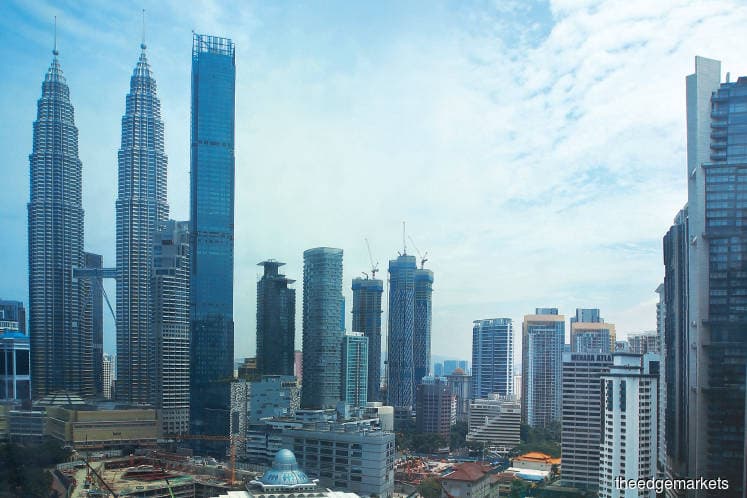
KUALA LUMPUR (Dec 10): Nomura is expecting more policy rate cuts in Malaysia, as well as several Asian peers in 2020, on the back of a prolonged bottoming process for gross domestic product (GDP) growth recovery across the region, Nomura said.
In its Global 2020 Economic Outlook report, Nomura anticipates a U-shaped recovery for Asia ex-Japan, taking into account the global slowdown in 2019 was mild and so, a V-shaped recovery should not be expected.
“Despite recent green shoots, we expect GDP growth to slow further in Q4 with a prolonged bottoming process into Q1, 2020, due to a slowing China, weak consumption and elevated inventories.
“We expect only the first signs of a recovery in Q2 2020, as Asia benefits from an upturn in the tech cycle and easier financial conditions. The U-shaped growth profile will be led by exporters, while consumers lag,” it said.
“Despite the Federal Reserve leaving rates unchanged, we forecast more policy rate cuts in China, India, Indonesia, Malaysia and Thailand. In the case of a deeper slowdown, fiscal easing will likely be stepped up,” it added.
On the bigger picture, Nomura said global GDP growth is expected to bottom out 3.1% in 2020, on the support of emerging markets (EM) which would offset the weaker markets in the US, China, Europe and Japan.
Nomura has described 2020 as “more as a year of global growth consolidation than a full-fledged recovery”.
This consolidation may be built on a truce in US-China trade war, which could unleash some pent-up capital expenditure, a turn in a global tech cycle, looser macro policies, and a depreciating US dollar that would ease global liquidity, it said.
“We expect world GDP growth to hold steady at 3.1% in 2020 but, beneath the surface, the expansion is a fragile one, with growth weakening in the US (2.3% to 1.8%), China (6.1% to 5.7%), the Euro area (1.1% to 0.9%) and Japan (1.0% to 0.2%), offset by a handful of smaller EMs — Brazil, Mexico, India, Turkey and South Africa — rebounding from tepid growth in 2019.”
For 2021, it forecasted global GDP growth to rise to 3.3% — albeit on “shaky foundations”.
“One risk to our baseline is the US-China “cold war” deepening as economic and foreign policy frictions feed off of each other, with the battleground broadening to tech supremacy. This would keep multinational companies in defense mode and focused on shortening their global supply chains,” it said.
“Another is China’s continued growth slowdown, which in 2020, we expect to be driven more by domestic headwinds — a cooling property market, weakening manufacturing investment and rising credit risk aversion — than exports, and what makes this more challenging is China’s narrowing room for policy responses,” it added.
Nomura also singled out private sector credit crunch as a tail risk to watch out for.
“The credit boom has been going on for so long and has become so large that even with central banks slashing interest rates, the cost of servicing debt has risen to a fairly high level.
“The sledgehammer would be central banks sharply raising rates (which seems unlikely, unless inflation surges).
"But there are less obvious catalysts — such as a profit margin squeeze or it dawning on markets that central banks can no longer come to the rescue in the next economic downturn — that could shine a spotlight on the erosion of credit quality, triggering a feedback loop of a repricing of credit risks (in essence widening credit spreads) and rising defaults,” it added.